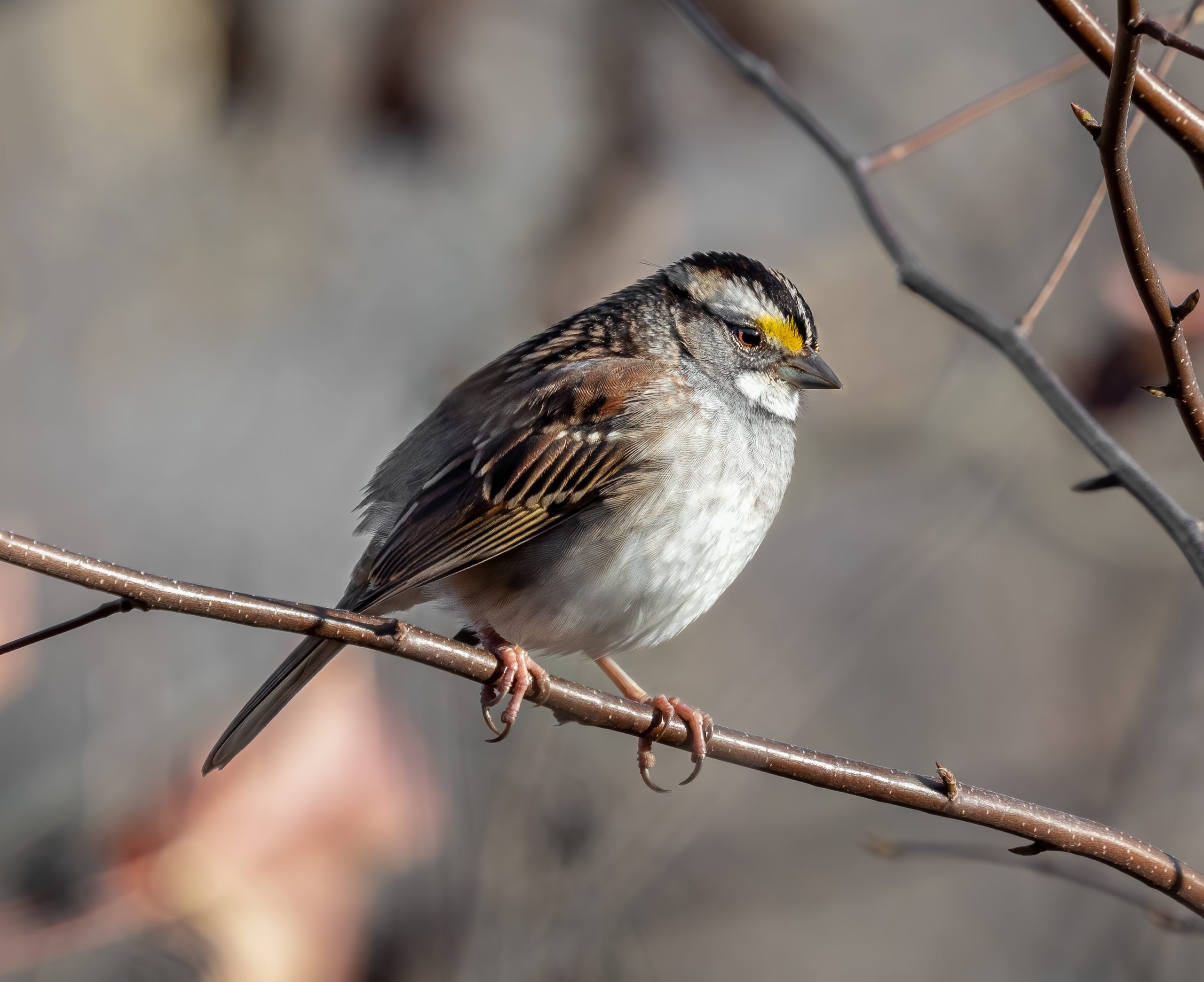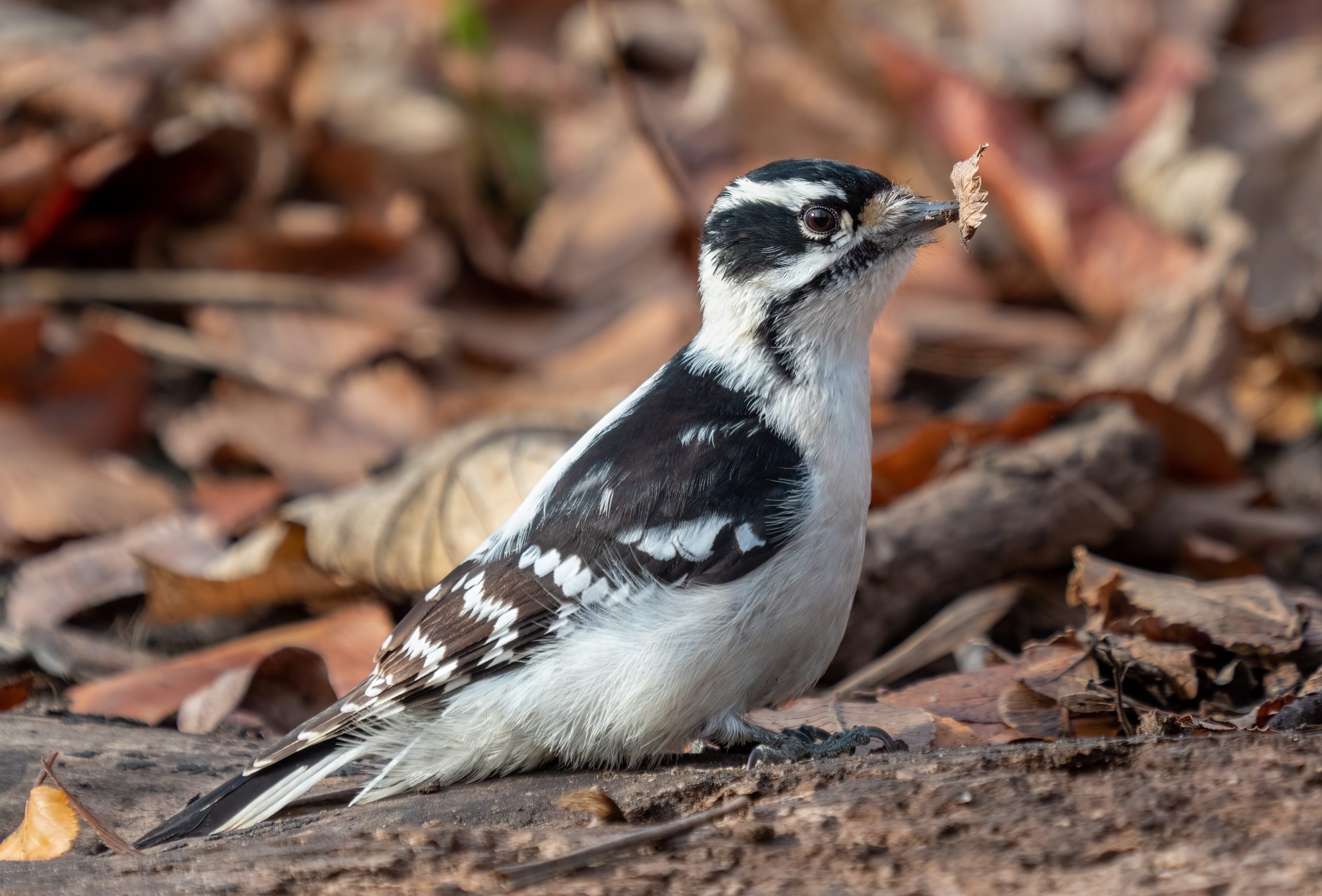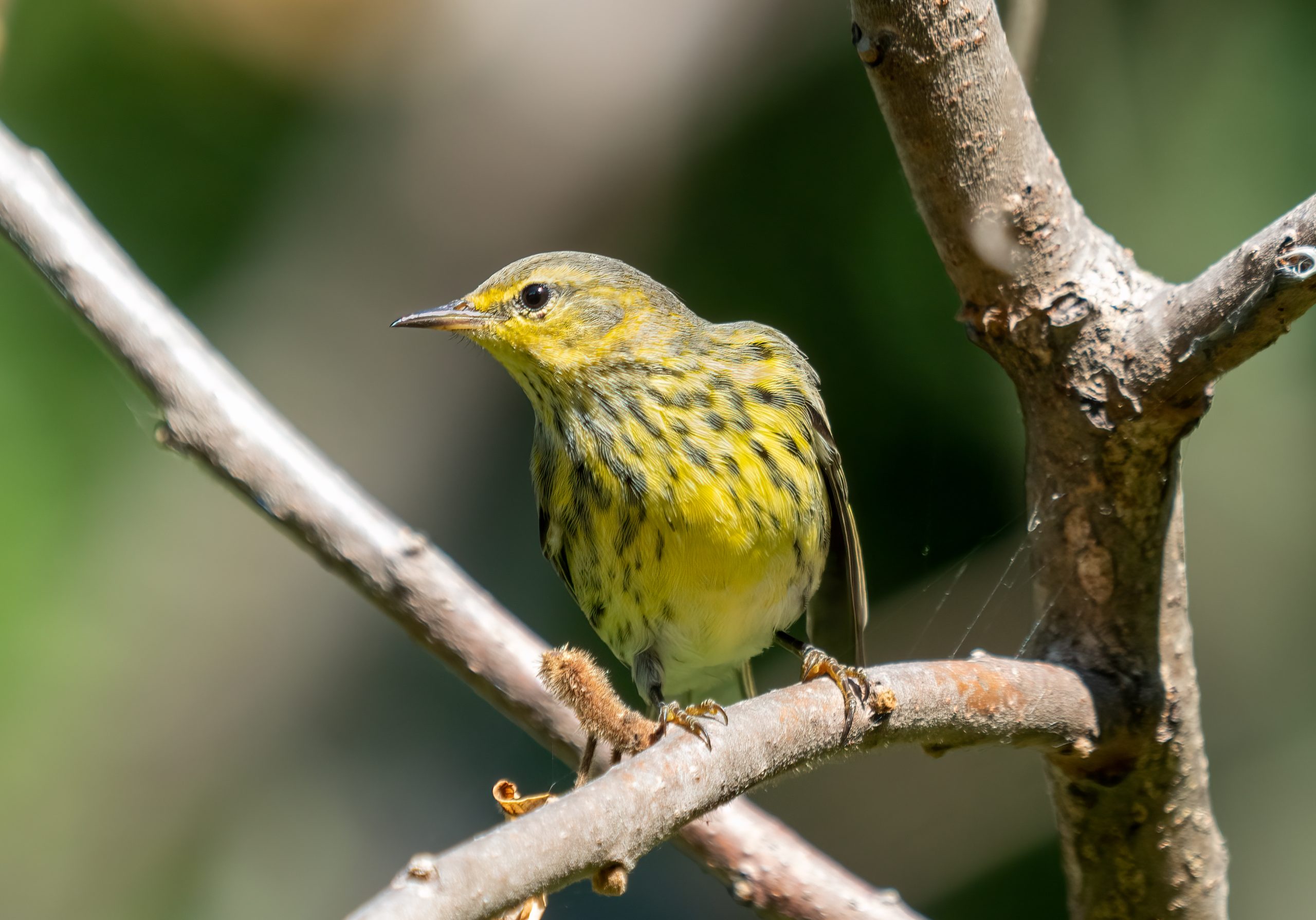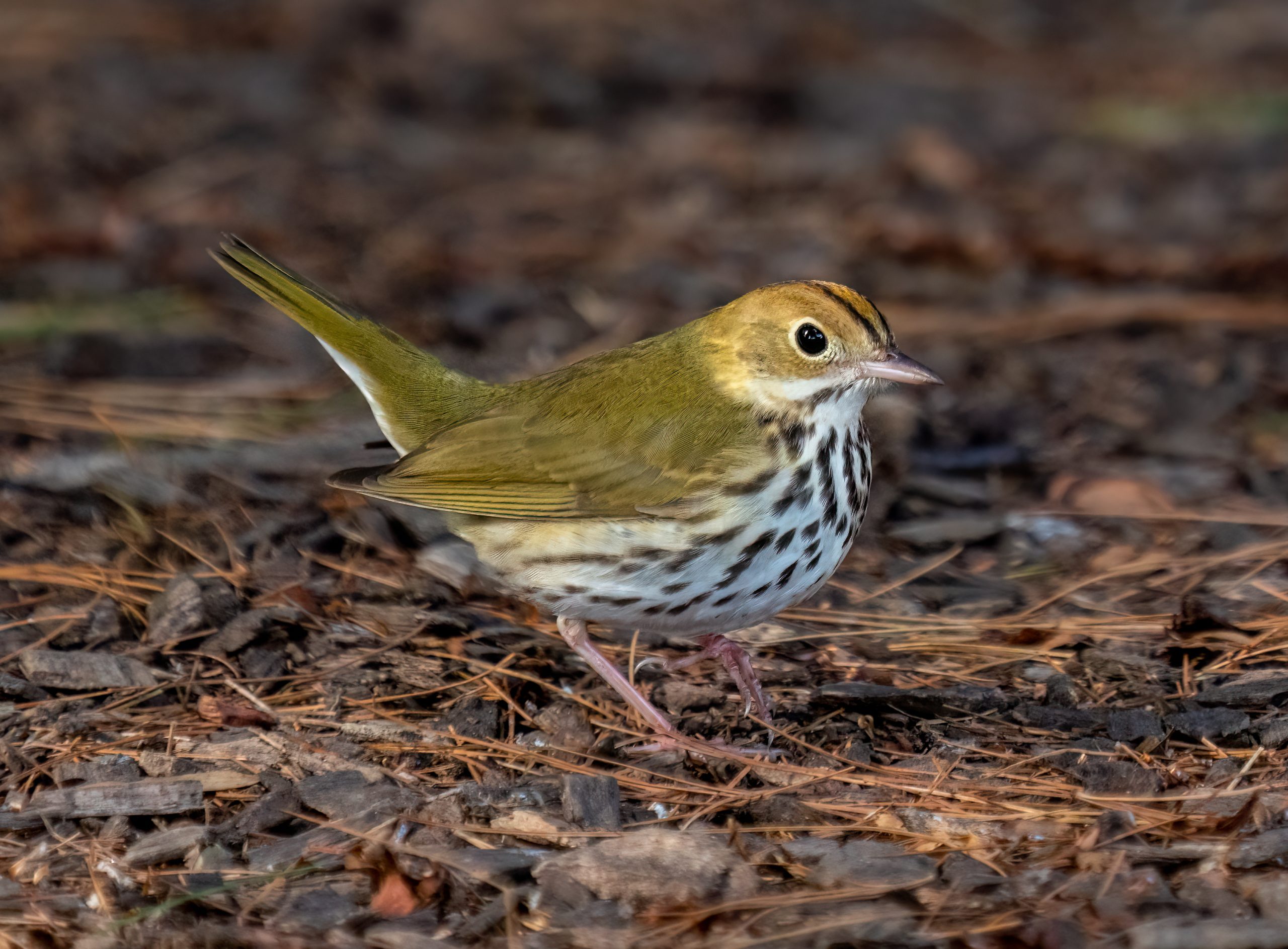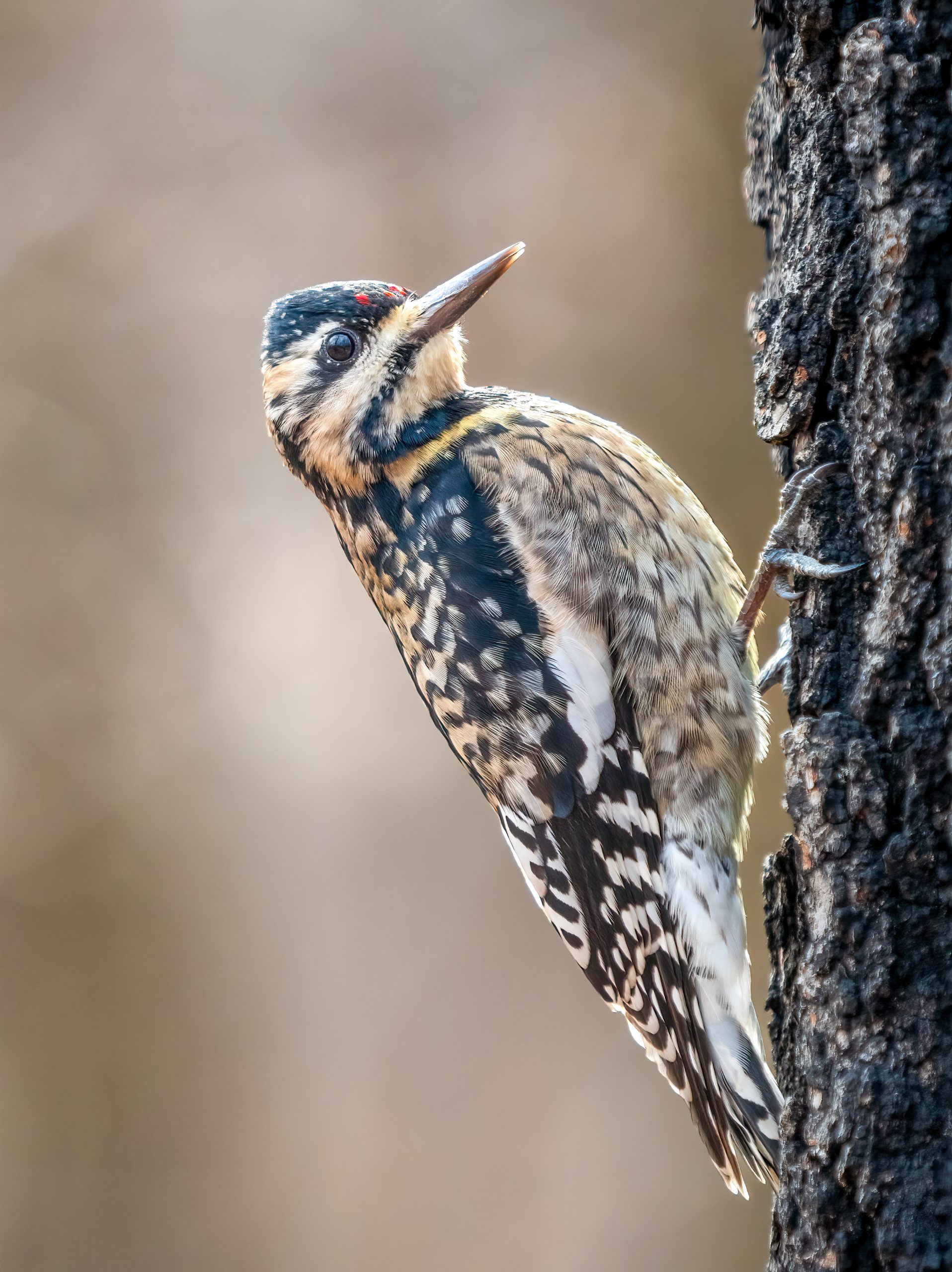8 Why Use Native Plants?
Prospect Park, small by any standard as a refuge, is an extremely isolated island of green. Its greatest practical significance is as a resource of food and shelter for migratory bird species on the Eastern Flyway. This is reason enough to see to its preservation, but of even greater significance is its educational value. All issues of global loss of biodiversity are localized issues of biodiversity. For humans to understand what it means to preserve biodiversity, they must learn what it means to do so in their own community, since that is where every struggle ultimately occurs.
The Landscape Management Plan proposes “the exclusive use of plants native to the site.” This proposal represents a shift from the original Olmsted and Vaux design, which had incorporated non-native species and other elements that contributed to the degradation of the woodlands documented in the early 1990s. The argument favoring the exclusive cultivation of native tree species in the woodlands has three aspects: practical, experiential, and ethical. The practical argument is that native species evolved and adapted to the site over the 10,000 years since the retreat of the Wisconsin Glacier after the last ice age, and because of their suitability to the site, they are more likely to develop a “functioning ecosystem and self-sustaining landscape” that requires less maintenance. The experiential argument is that the reliance on a “limited palette of horticultural plants” has meant that “public spaces are losing their regional character,” which in turn is leading to a lost sense of place. The ethical argument is that open spaces should be maintained as refuges for diverse species. And, although this proposal represents a shift from the original design, the Landscape Management Plan argues that it nevertheless aims at preserving the “Olmsted landscape”—if not in its specific details, given Olmsted’s use of non-native species, then in its intent: “to present a heightened experience of nature.”
This argument incorporates a concern for the aesthetic, but this concern, like the practical concern for park maintenance, is grounded in a recognition that without a commitment to the local ecosystem, the park is a diminished space—a refuge for neither animals nor people. These concerns are interdependent. The ethical concern for biodiversity, for example, is intertwined with concerns for how people experience the park.
And so—to take just one example—because the park woodlands have in fact become a refuge or home to many native and migratory birds, the woodlands also draw urban birders eager to see (or photograph) what they can find. These images, all licensed CC BY-SA 4.0, are by a birder who posts to Wikimedia Commons under the name Rhododendrites and frequently photographs in Prospect Park.
